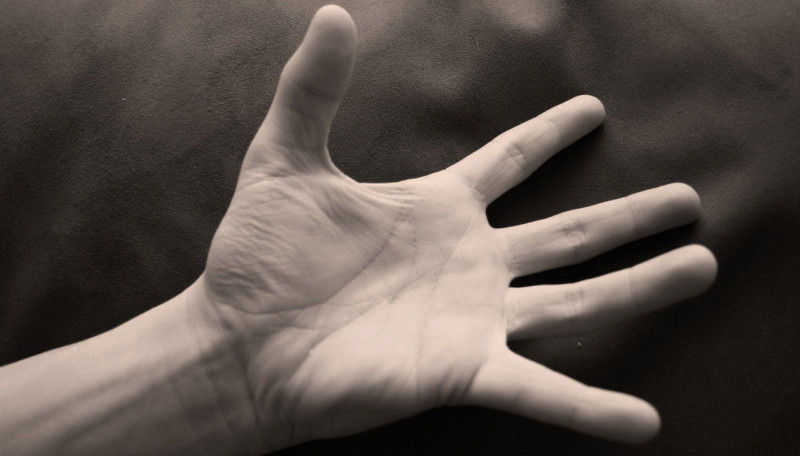
High blood sugar levels causes damage to the nerves, which can lead to diabetic nerve pain.
Normally, nerves carry signals to the brain about how the body is doing. Nerves signal pain when the body is harmed, or when it’s close to being harmed. For instance, a sharp rock in your shoe causes pain, because it can hurt your foot. Pain is important, because it allows us to protect ourselves. A rock in your shoe causes pain, so you take the rock out of your shoe.
However, when the nerves are damaged, they may start to send pain signals even when nothing bad is happening. For example, people with diabetic nerve pain might have pain when simply putting on their shoes. In normal people, this would only cause the nerves to signal touch. When the nerves are damaged, they signal pain instead.
In more advanced cases of diabetic nerve pain, the pain might be there all the time. This can make it difficult to sleep. The most common place for people to feel diabetic nerve pain is in the feet. The hands are the next most common. The nerves from the feet and hands have to travel a long way to get to the spine and brain, so they’re more easily damaged than other nerves.
If the damage to the nerves continues, then they may stop sending signals at all. Then the patient has numbness. It might sound better than having nerve pain, but numbness is actually a problem. When the nerves don’t work, you can’t tell when something is hurting you. You might have a sharp rock in your shoe and not know about it. The rock could cause a major wound on your foot. This is the problem with not being able to feel pain.
High blood sugar also damages the blood vessels. Without good blood flow to bring in nutrients, the body has a hard time healing. If you’re diabetic and you get a wound, it might heal very slowly or not at all. This is why people sometimes lose feet and legs to diabetes.
If you have diabetic nerve pain, take it seriously. Getting your blood sugar under control will help stop the nerve damage before you have numbness.
